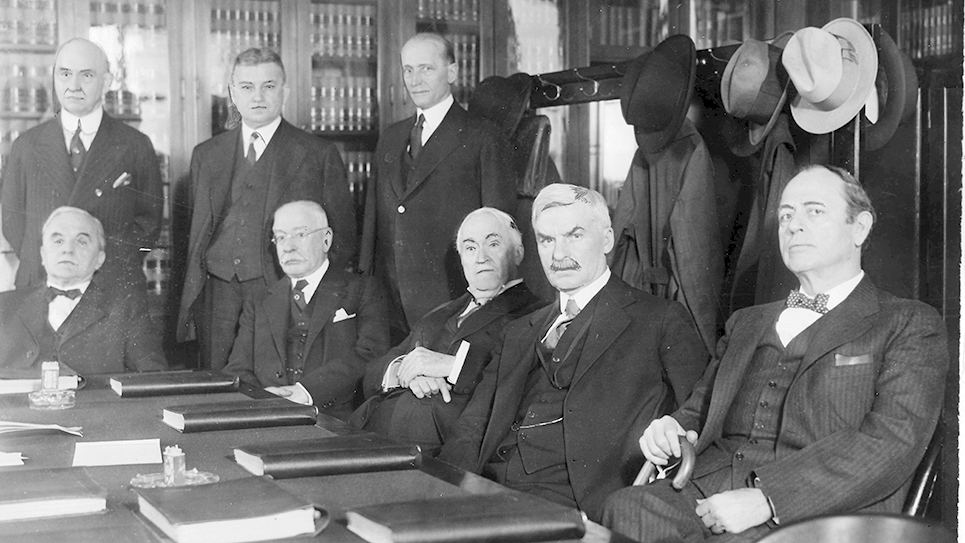By Dr. Jim Ferguson
Recently, I promised you a surprise, something different. And if the technological wonders of iPhones and the internet work as planned, these contrivances will enable me to send this essay to you from the bottom of the world.
When I was sick several years ago, I wasn’t sure I would ever travel again. And since I’ve traveled all my life, I thought, perhaps it’s enough to have stood on five continents and traipsed across Europe a dozen times. However, I had one more bucket-list trip in me. This time, I will be only 500 miles from the sixth continent, Antarctica, but that is close enough for me.
I’m the instigator of adventures in my family, and I thought I had lost my wanderlust. However, I wanted to see Patagonia and the Argentinean pampas. And since I was blessed with more days, I decided to get off the sidelines and get back in the travel game. Sometimes you have to push the horizons of life or they will shrink around you.
I’ve done self-driving trips in Spain, Ireland, Slovakia and all over Guatemala, but at sixty-eight years old, Becky and I decided it best to see “the end of the world” with day trips from a cruise ship. Cruising is a great way travel. I may need to amend one of my Fergisms, “Get on a plane, rent a car and you can see the world,” and include ships for the “seasoned” citizen.
I have to admit that I was uncharacteristically apprehensive as we boarded a 767 jetliner for the red-eye flight to Santiago, Chile. I asked myself, Why am I going to the bottom of the world? After all, everything I love is on or near our small farm in Knoxville, except my other daughter and her family who live in Portland, Oregon. But I was already committed, and so, Bon voyage!
Since our ship will travel around Cape Horn, through the Beagle Channel and the Magellan Strait, I’m reading “Over the Edge of the World” by Laurence Bergreen which chronicles the first circumnavigation of the earth. Little was known of the world in the Age of Discovery when Magellan sailed west from Spain in 1519. Exploring was dangerous. Three years after leaving Spain and sailing 60,000 miles, only one of Magellan’s five ships and eighteen crew out of two hundred and sixty made it back to Spain. Magellan himself was killed in a battle with natives in the Pacific.
I’ve been on many cruises, but never with such a cosmopolitan group as on this “voyage of discovery.” South America has a strong Spanish influence since the conquests of the 1600s. It also has a significant German footprint because of 19th and 20th centuries immigration. Announcements on our ship are given in English, Spanish and then German. Travel allows you to experience different cultures, and challenges your notions of the way things should be done.
After crossing the Atlantic Ocean in his search for the Spice Islands of the Indian Ocean, Magellan sailed south along the eastern coast of South America searching for a passage to the Pacific Ocean. He would never find the short cut he sought and was forced ever southward into colder climes toward what sailors of that era feared was the end of the world.
Becky and I chose to sail south along the western coast of South America from Santiago Chile because I wanted to be out of Knoxville in late February and this matched the ship’s itinerary. It is a bit ironic that I choose a South American summer during Knoxville’s winter because as we sailed farther south it became colder and sea rougher just as Magellan discovered. Finally, he found the passage he sought, but at the tip of South America rather than closer to the equator. The passage was later given his name, but it would be fifty years before the next expedition by Sir Francis Drake would traverse Magellan’s passage. Charles Darwin, on the HMS Beagle, in route to the Galapagos Island where he postulated evolution theory, also went through the Magellan Straight.
The area of Patagonia is beautiful, but desolate by civilized standards. The name derives from the Spanish word for a dog with big paws. Magellan encountered a group of large Indians in the distant south who also had large feet and hence the name of this rugged landscape with temperate rain forests, New Zealand-like fjords, snow-capped mountains, volcanoes and glaciers.
Magellan and his crew were hardy men. I would not have survived the harsh conditions of a mariner’s life with hard labor, little protection from extremes of temperature and poor nutrition. On cruise ships you have far better accommodations than sixteenth century royalty and far better food. The challenge on a cruise ship is not to over eat. The marginal provisions in Magellan’s ships were in constant danger of being ruined by sea water in leaky ships or ruined by weasels and rats. As a result, voyaging near coastlines was a necessity, allowing mariners to replenish water and food supplies as well as affording ships protective harbor during storms.
Scurvy was a scourge of ancient mariners. Perhaps three dozen of Magellan’s crew died of scurvy which is associated with bleeding gums, loss of teeth and weakening of bones and tendons. It was thought that miasmic or foul air was the cause of the terrible condition which we now know is due to a deficiency of Vitamin C. Ascorbic acid promotes healthy connective tissue which binds our sinews together.
Vasco da Gama learned from Arab traders that eating oranges would cure scurvy. In the 18th century, a Scottish surgeon demonstrated that limes could treat the disease and later it became mandatory that crewmen of the British Royal Navy get a daily dose of lemon or lime juice to prevent the dreaded disease of mariners. As a result they became known as “limeys.”
Hopefully, you found this bit of nostalgia, history, medicine and travelogue entertaining and will return next week as our journey continues around Cape Horn’s Tierra de Fuego, across the southern ocean to the Falkland Islands, and then the Argentinean pampas and Uruguay. I even promise a bit of medicine!






